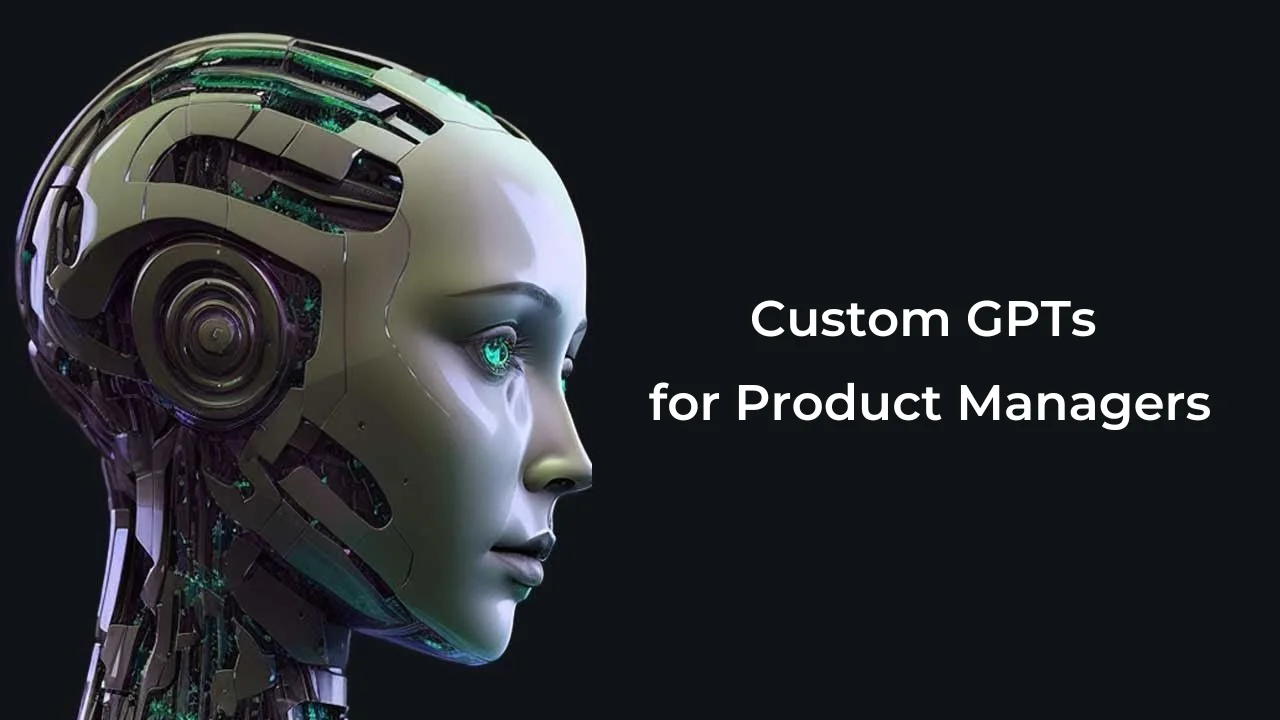📢 Sign up to my newsletter and never miss a beat!
In today’s rapidly evolving business landscape, the threat of disruptive innovations is ever-present. Companies that once dominated their industries can find themselves struggling to keep pace with new, agile competitors that bring groundbreaking technologies and novel business models. To safeguard their market position and ensure long-term success, businesses must adopt proactive strategies that anticipate and counteract these disruptions. This article explores essential approaches such as monitoring industry trends, fostering a culture of continuous improvement and innovation, embracing flexible business models, and more, all aimed at protecting products from the relentless tide of disruptive innovations.
1. Monitor Industry Trends
Monitoring industry trends involves an ongoing process of gathering and analyzing information about the market and technological advancements. This can be achieved through various methods such as subscribing to industry reports, attending trade shows and conferences, and following key influencers and publications. Businesses should also invest in tools and software that provide real-time analytics on market trends, customer behavior, and competitive actions. By regularly updating this information, companies can identify emerging threats and opportunities early.
Moreover, some businesses, that can afford it, can establish a dedicated team or function responsible for competitive intelligence and trend analysis. This team should work closely with different departments to ensure that insights are shared and integrated into the strategic planning process. Keeping abreast of industry trends allows companies to make proactive adjustments to their strategies, ensuring they remain competitive and can quickly respond to disruptive innovations.
2. Foster a Culture of Continuous Improvement and Innovation
Creating a culture that encourages continuous improvement and innovation is vital for staying ahead in a competitive market. This starts with leadership fostering an environment where creativity is valued and employees feel safe to experiment and propose new ideas. Regular training programs and workshops can help employees develop new skills and stay updated on the latest industry practices. Encouraging cross-departmental collaboration can also lead to innovative solutions that might not emerge within a single team.
Additionally, setting up innovation labs or incubators within the company can provide dedicated resources and time for employees to work on new projects. Recognizing and rewarding innovation can further motivate employees to contribute their best ideas. By embedding innovation into the company’s DNA, businesses ensure they are constantly evolving and better positioned to counteract disruptive forces in the market.
3. Flexible Business Models
Adopting flexible business models allows companies to pivot quickly in response to market changes and disruptions. This flexibility can be built by diversifying revenue streams, such as offering both products and services, or adopting subscription-based models in addition to traditional sales. Companies should also consider developing modular products that can be easily updated or customized to meet changing customer needs.
Embracing agile methodologies can further enhance business model flexibility. Agile practices involve iterative development and frequent reassessment of business priorities, allowing companies to adapt rapidly to new information and changing circumstances. Flexibility also involves being open to strategic partnerships, mergers, and acquisitions, which can provide additional resources and capabilities to navigate disruptions effectively.
4. Focus on Customer Needs
Understanding and prioritizing customer needs is essential for maintaining a competitive edge. Regularly engaging with customers through surveys, focus groups, and direct interactions helps businesses gain insights into their preferences and pain points. This information should be systematically collected and analyzed to inform product development and customer service strategies. Businesses that are attuned to their customers can anticipate changes in demand and adapt their offerings accordingly.
Furthermore, a customer-centric approach involves personalizing the customer experience. Leveraging data analytics to understand individual customer preferences and tailoring communications and offers can significantly enhance customer satisfaction and loyalty. By placing the customer at the heart of their operations, companies ensure they remain relevant and can swiftly respond to shifts in market dynamics caused by disruptive innovations.
5. Enhance Value Proposition
Enhancing the value proposition means continuously improving the benefits that customers derive from a product or service. This involves not only maintaining high quality but also adding unique features or services that set the product apart from competitors. For instance, companies can invest in advanced technologies that enhance product performance or introduce new functionalities that address unmet customer needs.
Communicating the value proposition effectively is equally important. This requires clear and compelling marketing messages that highlight the unique benefits of the product or service. Consistent branding across all customer touchpoints reinforces the perceived value and helps build a strong market position. By continually enhancing and communicating their value proposition, companies can attract and retain customers even in the face of disruptive innovations.
6. Build A Strong Brand
A strong brand acts as a buffer against market disruptions. Building a strong brand involves creating a positive and consistent image in the minds of consumers. This can be achieved through consistent messaging, high-quality products, excellent customer service, and engaging marketing campaigns. A strong brand fosters customer loyalty and trust, making it harder for disruptive innovations to lure away customers.
Investing in brand-building activities, such as storytelling, community engagement, and corporate social responsibility initiatives, can further strengthen the brand’s reputation. Companies should also monitor their brand’s perception regularly and address any negative feedback promptly. A well-managed brand not only attracts loyal customers but also enhances the company’s resilience against market shocks and competitive pressures.
7. Diversify Product Portfolio
Diversifying the product portfolio reduces the risk associated with relying on a single product line. By offering a range of products or services, businesses can mitigate the impact of disruptions in any one area. This involves investing in R&D to explore new opportunities, understanding market demands, and strategically expanding the product line. Diversification ensures that the company can adapt to changes and continue to thrive even if certain segments of the market are affected by disruptive innovations.
Diversification should be strategic, focusing on areas that complement the core business and leverage existing capabilities. This can include entering new markets, launching related products, or developing new technology platforms. By spreading risk across different areas, companies can safeguard against downturns in specific markets and capitalize on new growth opportunities.



